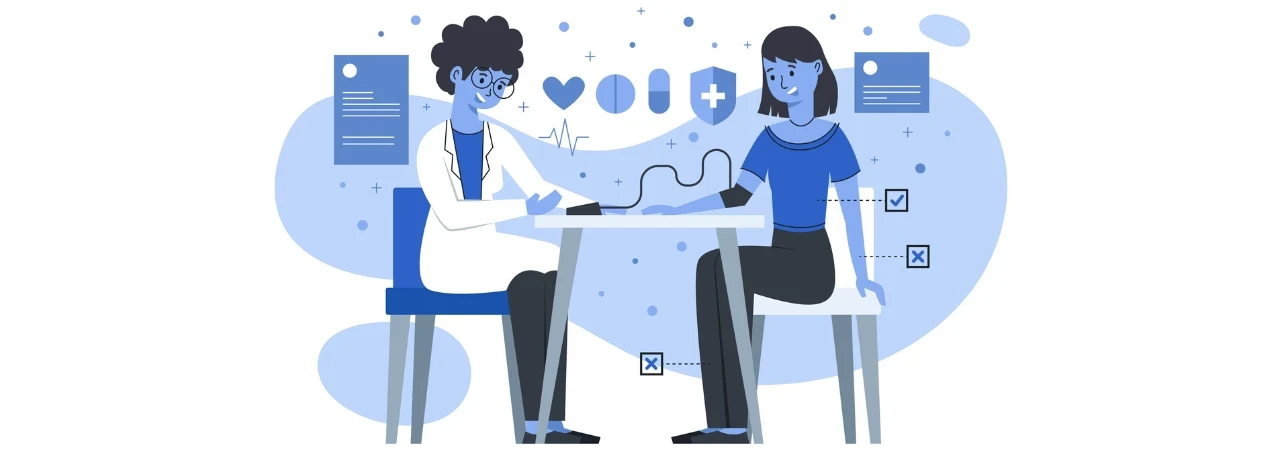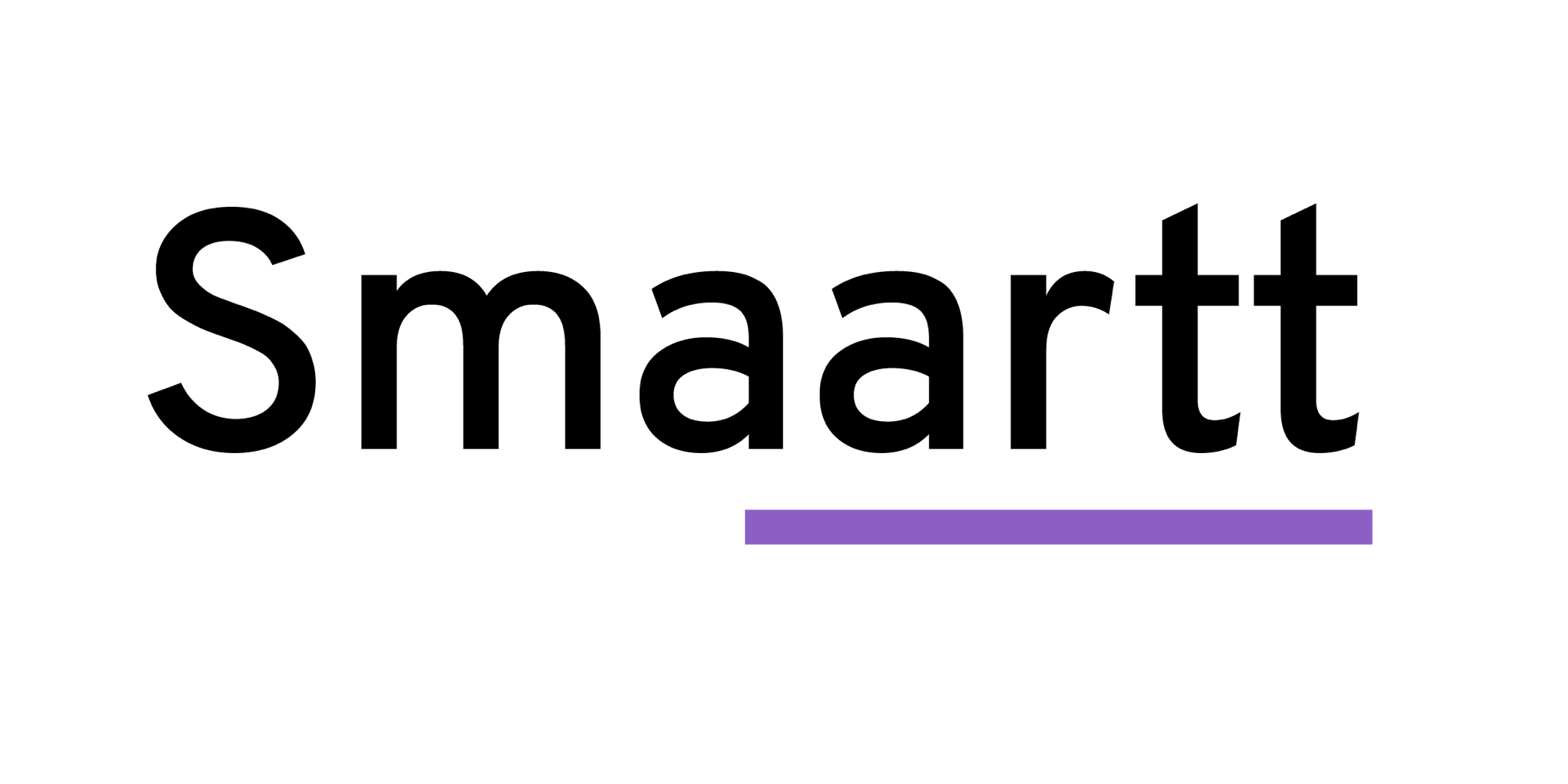
Customer Relationship Management (CRM) software is a solution for sales teams only, but in my experience, Customer Relationship Management can be incredibly valuable to many different teams, especially within the healthcare and life sciences industries.
CRM software is centered around transforming the relationship between organizations and their customers. In healthcare and life sciences, customers might include patients, providers, members, clinical trial participants as well as individuals and companies that purchase and/or use medical devices. It’s a complex ecosystem with multiple sources of information making it perfect for a CRM solution.
A CRM built for healthcare:
Salesforce pioneered CRM software. A few years ago, introduced Salesforce Health Cloud. Also known as a patient engagement platform or healthcare CRM, Health Cloud connects existing IT systems, including electronic health records (EHR) and claims management systems, to improve visibility into the entire healthcare journey. Here’s how it works:
1. Unify data across existing systems:
Health Cloud layers on top of existing systems and software applications, including electronic health records and claims management software, to give teams a secure and comprehensive view of a person’s healthcare journey. With a single view, a CRM eliminates the need for healthcare professionals to toggle among various systems and screens to find the specific information needed to serve each patient.
2. Unlock operational efficiencies from a common platform:
After you’ve aggregated data, you can improve operational efficiencies that will, in turn, drive better outcomes. That’s because all stakeholders have access to critical data, enabling real-time collaboration and proactive engagement. Here are just some of the efficiencies.
Providers:
The care team can access the latest patient information and upcoming tasks, encouraging better adherence to care pathways. They can even use the system to detect social determinants of health to better coordinate treatment – including transportation to and from appointments – which ensures patients still receive appropriate care regardless of socioeconomic circumstances.
Payers:
Agents are best equipped to resolve cases through automated workflows and task filtering. From the single platform, engagement is streamlined and automated, so agents no longer spend time manually recording information and waiting for the completion of each subsequent task.
Pharmaceuticals:
From driving awareness of patient support programs to tracking marketing and sales activity, CRM software provides drug manufacturers an integrated view of all patient and provider interactions. Using built-in analytics and artificial intelligence (AI), a CRM will provide valuable insights into prescribing habits and medication adherence. And in this new era of personalized therapies, like gene therapy or CAR T cell therapy, a CRM can help coordinate and track complex interactions between a provider, patient, and payer to ensure the patient is getting timely access to treatment.
Medical devices:
With CRM, medical device sales teams can anticipate customer needs, like inventory replenishment or proactive maintenance, and respond in a timely and personalized manner using information from the customer’s service history. Meanwhile, marketing teams can deliver the right message at the right point in the sales or service lifecycle, and customer-facing teams easily and systematically share product and feature requests with R&D.
3. Capture preferences to drive engagement at scale:
A CRM platform captures communications preferences – including phone, live chat, email, mobile apps, text, web, and online forums – so you can proactively engage healthcare consumers when and how they want to be contacted. Based on this data, you can segment data to create contextualized engagements, such as important and timely information and answers to questions on preferred channels at scale.
4. Enable greater productivity and personalized care with AI:
The ability to use AI starts with data. Once you add third-party data to data already in your CRM, you can use AI for several different use cases depending on your vertical.
For example, for providers and payers, AI surfaces appropriate training resources for staff education, anticipates issues based on patient or member history, and guides call center agents with the right response to an inquiry with next-best-action recommendations. Predictive analytics also can identify at-risk populations and recommend next-best actions for timely intervention and greater engagement.
For pharmaceutical and medical devices companies, AI can monitor patient program participation, predict sales behaviors, project revenue growth, and identify new opportunities. The CRM can even pull in competitor data to give reps the insights they need to better compete in the market.
Let’s get better together:
Healthcare and life sciences organizations can achieve their goals faster, and outpace the competition, by enabling teams with a 360-view that drives efficiencies and collaboration while engaging individuals throughout their healthcare journey.

